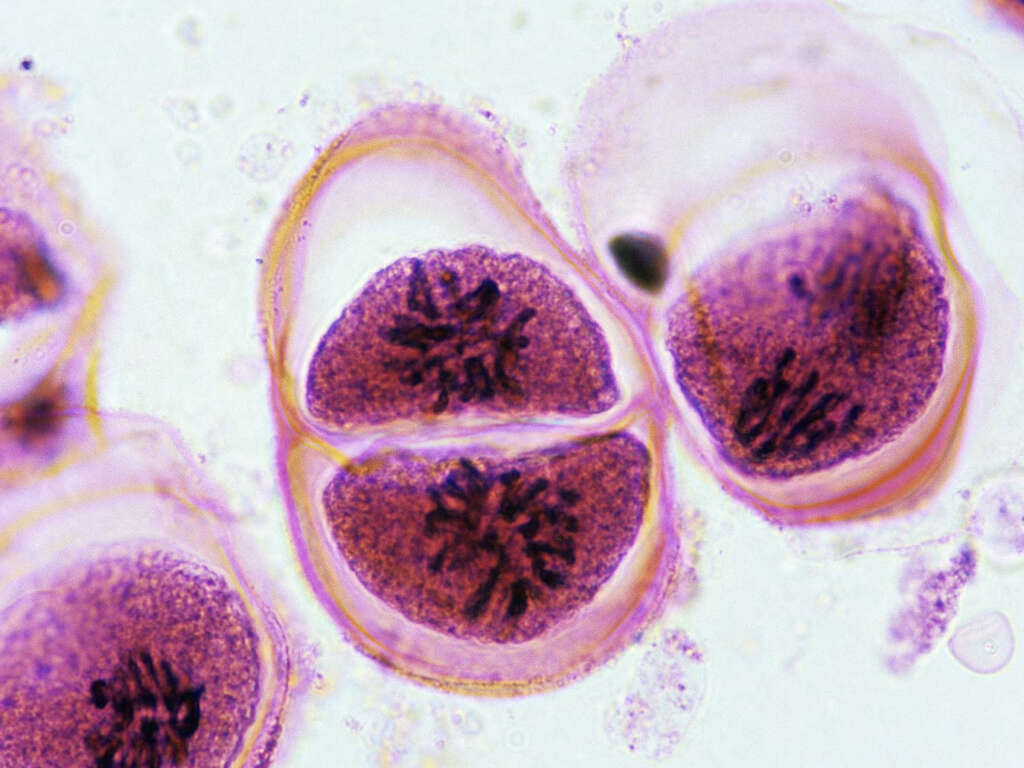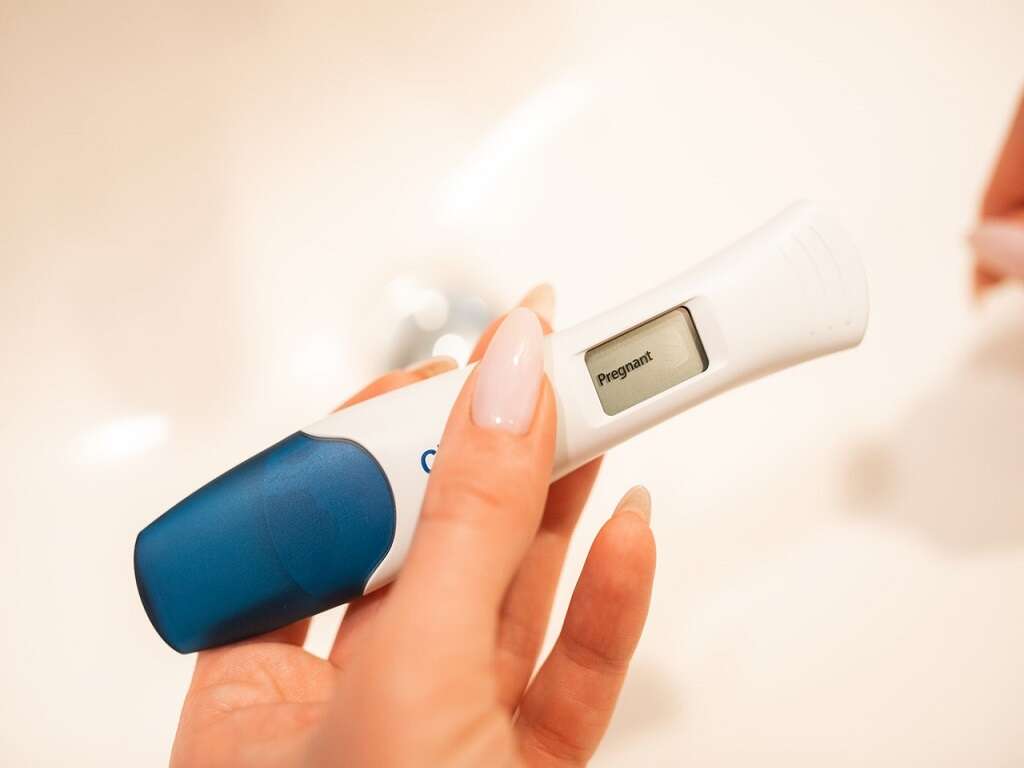What Is HELLP Syndrome?
9. Workup: diagnostic tests
Once physicians have identified possible signs and symptoms of HELLP syndrome in a patient, they must run a series of tests to corroborate the diagnosis. A complete blood count (CBC) in a patient with this condition might report anemia and a normal or low hematocrit (the volume percentage of red blood cells in the blood) as a result of hemolysis. Furthermore, thrombocytopenia or an abnormally low platelet count can also be reported. The doctor will also order a peripheral smear if hemolysis is suspected (i.e. schistocytes). As mentioned, to evaluate possible liver involvement, liver function tests can be ordered. Liver substances or enzymes that may be abnormally elevated in HELLP syndrome include transaminases (ALT and AST), lactate dehydrogenase (LDH), and total bilirubin.
In a patient with HELLP syndrome, many aspects need to be monitored, including kidney function. If kidney function is impaired, a complete metabolic panel can report elevated blood urea nitrogen (BUN)/creatinine and urine tests can report proteinuria or the presence of abnormal quantities of protein in the urine. Importantly, note that many of the alterations reported by these tests may also be present as a result of other pathologic processes.
Advertisement












